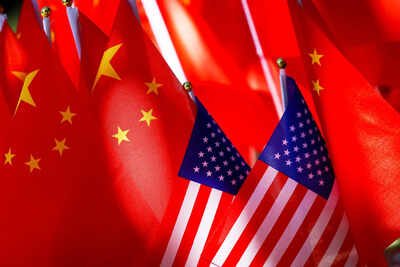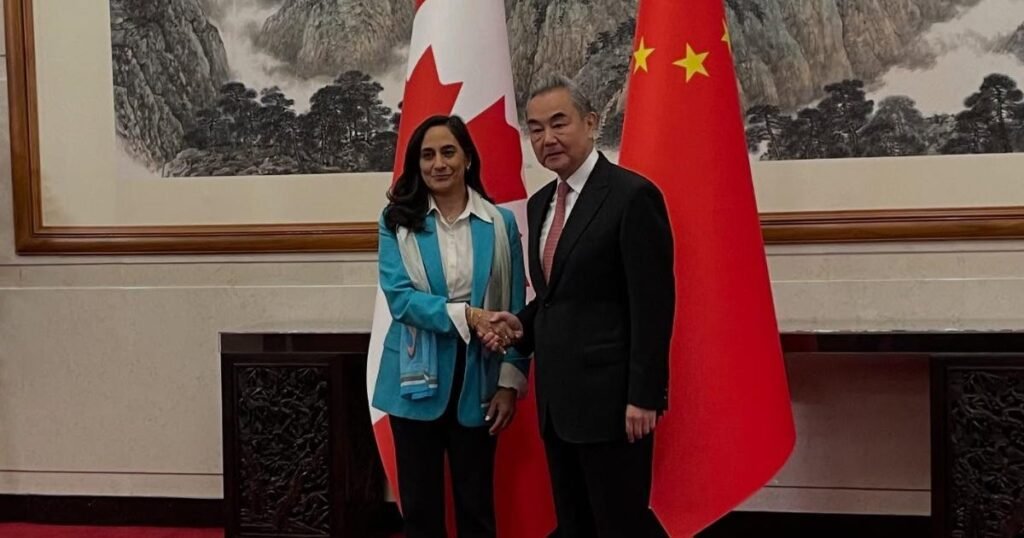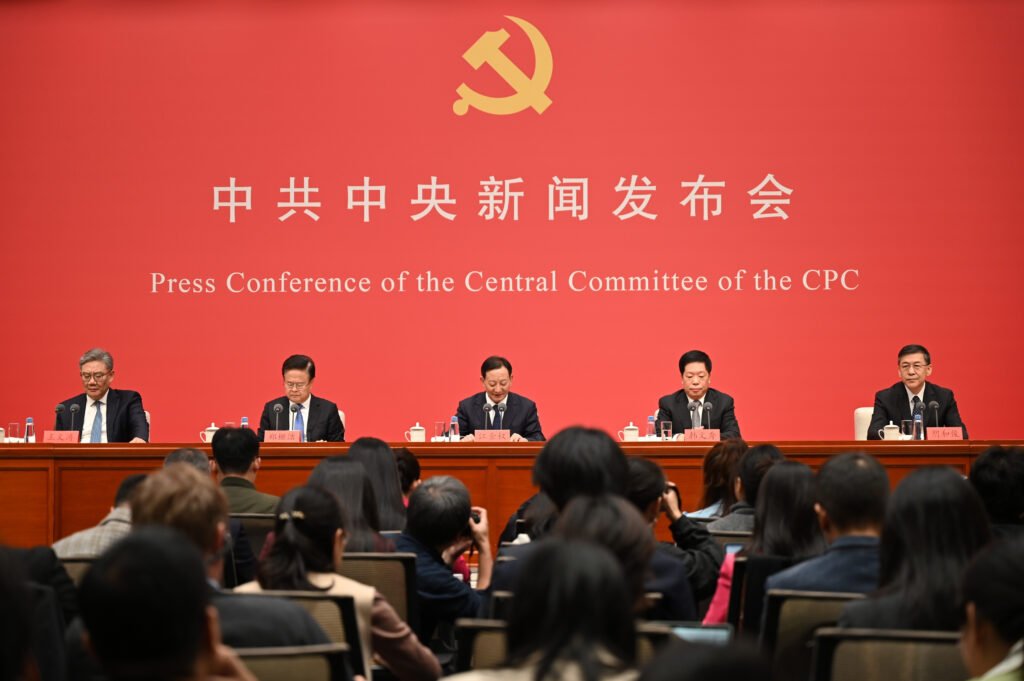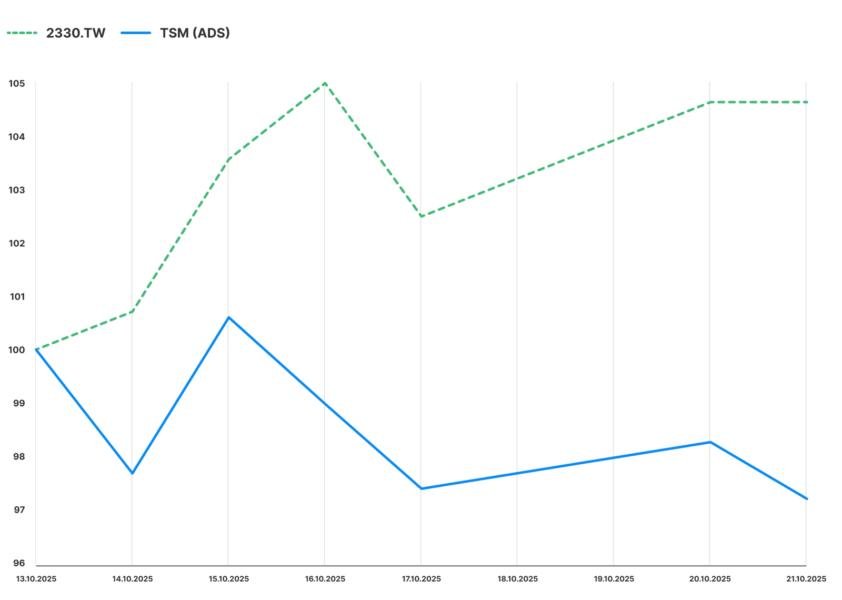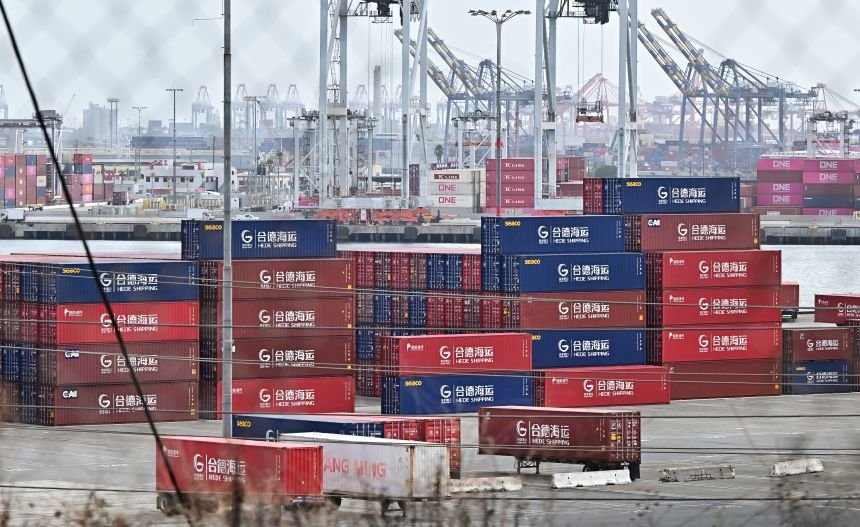Prime Minister Mark Carney is expected to walk an international tightrope over the next week as he departs Friday for a set of Indo-Pacific Summit meetings, one of which involves both the United States and China.
The challenge will involve staying on the relative good side of U.S. President Donald Trump while carefully resetting relations with China’s Xi Jinping.
Both Trump and Xi are expected at the APEC Summit in South Korea at the end of next week. There’s anticipation that Carney will meet Xi at the gathering in Korea’s picturesque southern city of Gyeongju.
Federal officials, speaking on background ahead of the trip, said Canada is pursuing a bilateral meeting with the Chinese leader at the summit, which will take place on Oct. 31 and Nov. 1, but the session has yet to be confirmed.
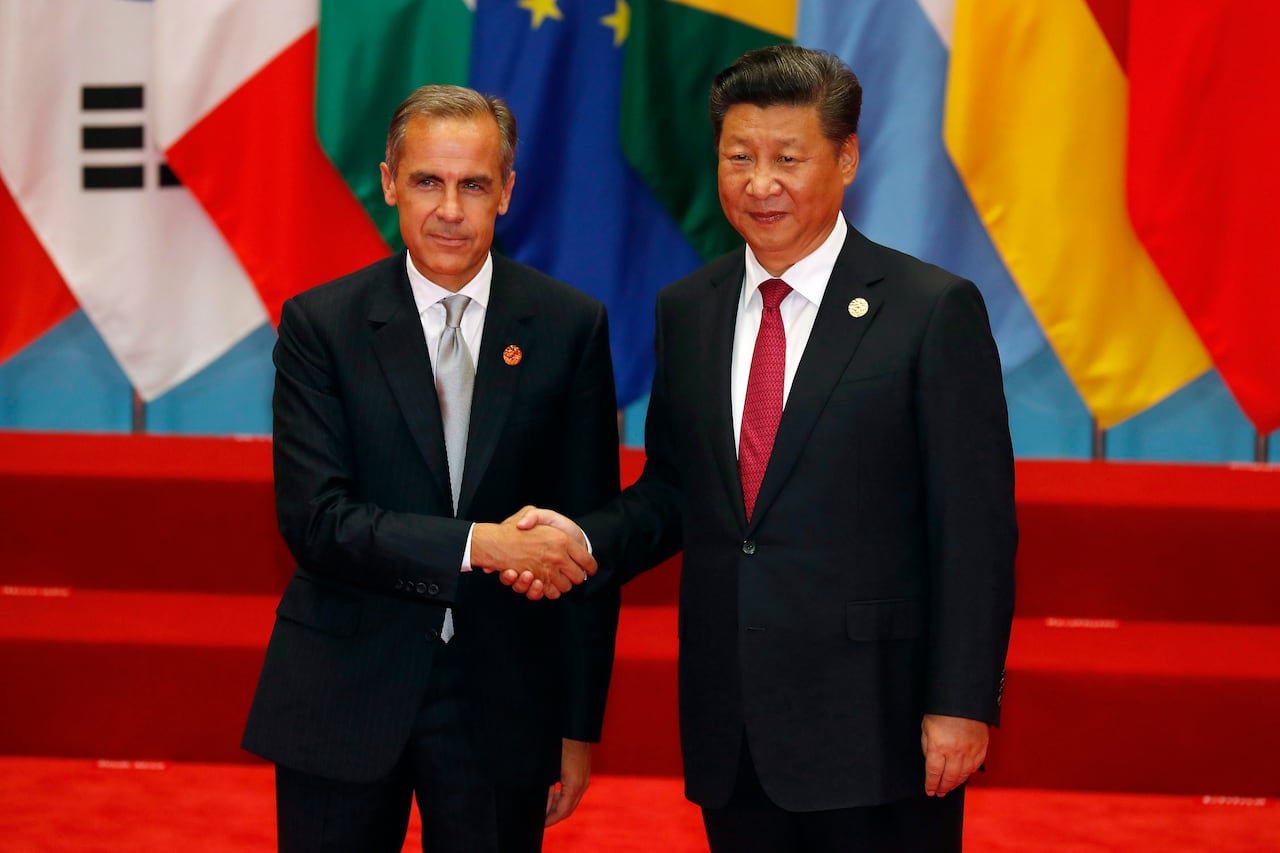
It’s expected Trump will get a meeting with Xi at APEC in the hopes of calming trade tensions, but the Chinese government has yet to confirm whether it will attend.
That high-stakes meeting has the potential to impact Canada and other allied nations which are searching for a middle ground between the two economic powers.
The U.S. and China are at loggerheads over tariffs, technology and market access, disputes that are so deep they have the potential to colour the room and side meetings; Canada’s own tensions with China give Carney both leverage and exposure.
The biggest trade irritants with China include Canada’s 100 per cent surtax on Chinese electric vehicles (EVs), which led to retaliatory Chinese tariffs on Canadian canola and seafood. There are also ongoing concerns over national security in the aftermath of the inquiry into foreign interference in Canada’s political system.
It is less clear whether Carney will meet with Trump, given the prime minister‘s recent White House visit and the ongoing trade talks with Washington.
Meanwhile, the Trump administration continues to take a hard line on dealings with Beijing.
Vina Nadjibulla, the vice-president of Asia Pacific Foundation of Canada, said the challenge facing both Canada and a lot of middle powers in the region will be to steer clear of the great power disputes.
“They’re trying to not get caught between U.S. and China, [who are] kind of the two giants that are now engaged in strategic competition,” Nadjibulla said.
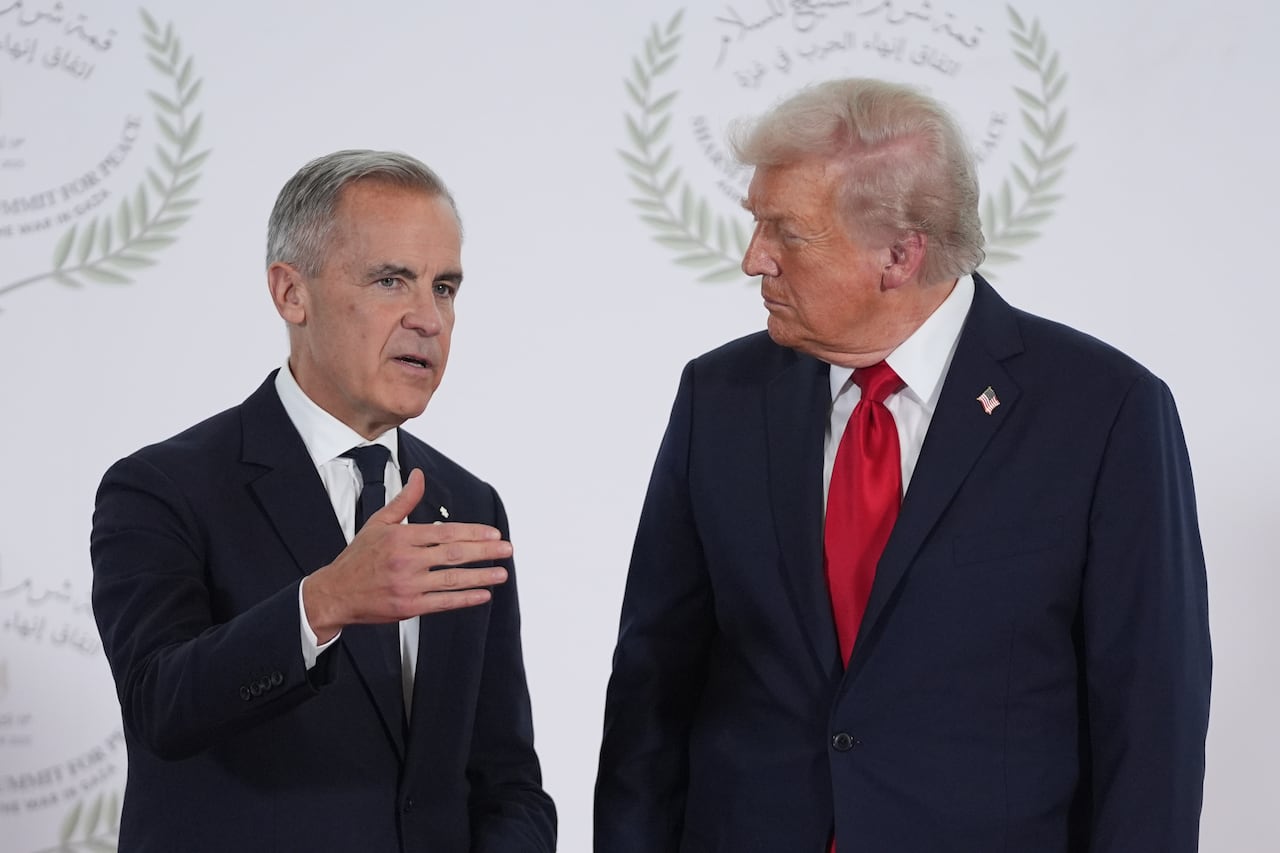
‘Important trading bloc’
During last spring’s federal election, Carney promised to boost the economy through trade diversity. The first summit the prime minister will attend in Kuala Lumpur, Malaysia among member states of the Association of Southeast Asian Nations (ASEAN) will be key to that, Nadjibulla added.
ASEAN members include Brunei, Cambodia, Indonesia, Laos, Malaysia, Myanmar, the Philippines, Singapore, Thailand, and Vietnam.
“We want to do more together as middle powers through rules based trade partnerships,” Nadjibulla said. “It’s a very important trading bloc.”
Canada is working toward negotiating an ASEAN-Canada Free Trade Agreement (ACAFTA) and in a joint statement a year ago the federal government said Canada’s intention was to “timely conclude” the deal.
Despite that and the prime minister’s focus on more trading partners, federal officials acknowledged Thursday a deal is still about a year away.
Nadjibulla said it will be a critical agreement once it comes together.
“They collectively represent about 667 million people, and it’s a large opportunity for us because they have a growing middle class, a growing economy, lots of needs for things like energy, food, obviously investment, infrastructure support, support through technology.”
According to federal documents, negotiations on ACAFTA have been complex because different ASEAN members are at different levels of development.
Federal officials, in their background briefing, say Carney’s aim for the ASEAN summit will be to “encourage more rapid and substantial progress” on the free trade deal.

